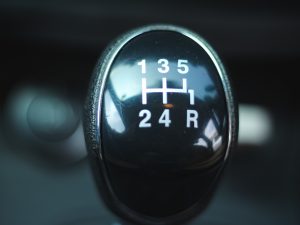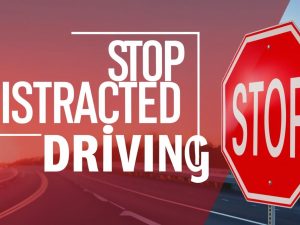Driving in Winter
- Description
- Curriculum

Participating in a Young Drivers winter driving course can provide numerous benefits, especially for those who live in regions with harsh winter weather conditions.
What Will You Learn?
√ Improved SafetyEssential skills and techniques for navigating slippery and hazardous road conditions can significantly reduce the risk of accidents or collisions during winter months. |
√ Enhanced ConfidenceGaining confidence in your ability to handle a vehicle in adverse weather conditions can make you a more assured and capable winter driver. |
√ Emergency Response SkillsLearn how to handle emergency situations, such as skids, spins, and recovery techniques. Knowing how to react in these situations can be crucial for your safety. |
√ Proper Vehicle PreparationLearn important aspects of vehicle preparation for winter, such as tire selection, tire pressure, antifreeze levels, and other maintenance tips that are critical for safe winter driving.
|
√ Understanding Traction Control SystemsModern vehicles come equipped with various traction control systems. Learning how these systems work and how to utilize them effectively can significantly enhance your control over the vehicle in slippery conditions. |
√ Braking TechniquesProper braking is essential in winter conditions. Learn about the importance of anti-lock braking systems (ABS), threshold braking, and other techniques that can help you maintain control when stopping. |
√ Proper Steering TechniquesKnowing how to steer in slippery conditions is crucial. Understanding concepts like understeer and oversteer and how to correct them can make a significant difference in your ability to navigate safely. |
√ Familiarity with Winter Driving AidsMany vehicles are equipped with advanced driver assistance systems (ADAS) that are designed to improve safety in winter conditions, understanding these systems can help utilize these aids effectively. |
√ Saves MoneyLearning how to drive safely in winter conditions can lead to fewer accidents and less vehicle damage. This can translate to lower insurance premiums and reduced maintenance costs. |
√ Insurance DiscountsCompleting a winter driving course may make you eligible for discounts with certain insurance providers as a proactive step towards becoming a safer driver. |
√ Peace of MindKnowing that you have the skills and knowledge to handle winter driving conditions can provide peace of mind during the colder months, reducing stress and anxiety associated with driving in inclement weather. |
Remember, it’s not just about your own driving skills; it’s also about being considerate and responsible towards other drivers on the road. Overall, a winter driving course from Young Drivers can be an investment in safety and confidence when facing challenging winter conditions.
-
21Lesson 18: Anti-Lock Braking System (ABS)
-
22Lesson 19: Electronic Stability Control (ESC)
-
23Lesson 20: Automatic Emergency Braking (AEB)
-
24Lesson 21: Lane Keep Assist Technology / Lane Departure Warning
-
25Lesson 22: Brake Assistance
-
26Lesson 23: Adaptive Cruise Control
-
27Lesson 24: Blind-spot warning (BSW)
-
28Lesson 25: Tire Pressure Monitors
-
29Lesson 26: Understanding Traction Control Systems
-
30Lesson 27: Locating And Cleaning Sensors
-
31Lesson 28: Additional Useful Technologies and Features
-
32Lesson 29: Knowing How to Handle Emergency Situations
-
33Lesson 30: Skid Control - Understeer and Oversteer
-
34Lesson 31: Learn To Recognize Black Ice
-
35Lesson 32: Braking Techniques
-
36Lesson 33: Skids - What To Do Without ESC
-
37Lesson 34: ESC and Winter Tires
-
38Lesson 35: Winter Survival Driving
-
39Lesson 36: Winter maintenance
-
40Lesson 37: Winter Tires
-
41Lesson 38: Clearing the Vehicle
-
42Lesson 39: Check Your Lights
-
43Lesson 40: Tire Pressure
-
44Lesson 41: Wipers and Washer Fluid
-
45Lesson 42: How to Use Booster/ Jumper Cables
-
46Lesson 43: Winter Footwear
-
47Lesson 44: Winter Clothing
-
48Lesson 45: Excess Clothing
-
49Lesson 46: Winter Car Contents & Emergency Kit






